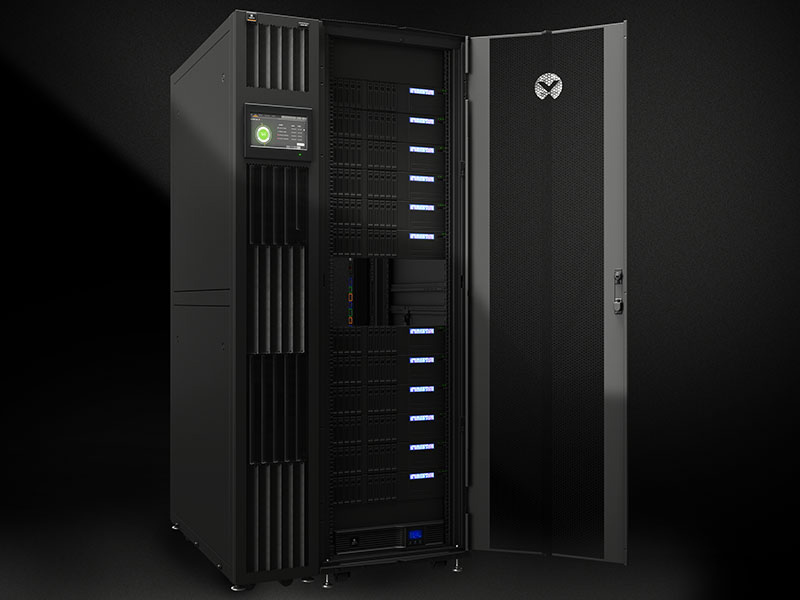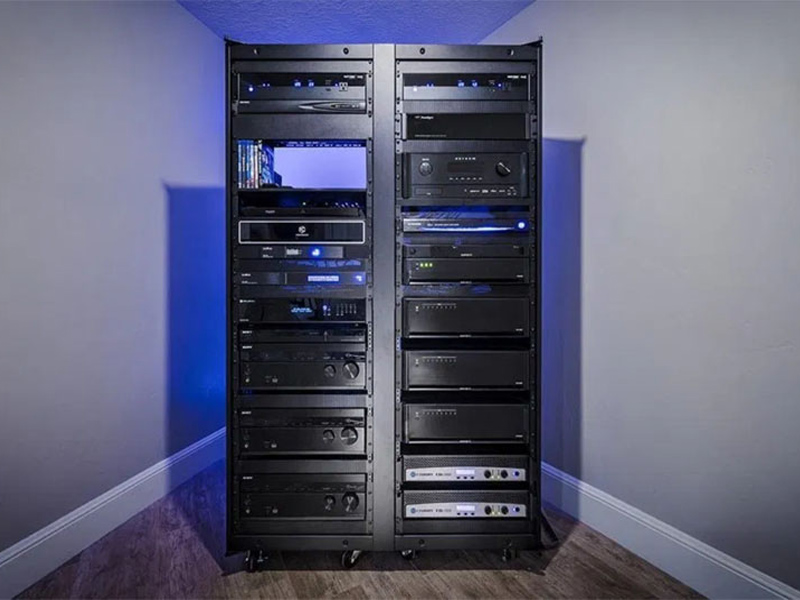Server & Network AC & NON AC Racks
Server and network racks come in both AC (air-conditioned) and non-AC variants, depending on the specific requirements of the equipment and the environment in which they will be deployed. Here's a brief overview of AC and non-AC racks:
AC Racks:
1. Cooling capabilities: AC racks are equipped with built-in cooling systems, including air conditioning units or fans, to regulate and maintain optimal temperature levels within the rack. The cooling system helps dissipate heat generated by the servers and networking equipment, ensuring their reliable operation and preventing overheating.
2. Temperature and humidity control: AC racks provide precise temperature and humidity control, creating a controlled environment for sensitive equipment. The cooling systems are designed to maintain specific temperature and humidity ranges to ensure the optimal functioning and longevity of the servers and networking devices.
3. Air filtration: AC racks often include air filtration systems to remove dust, particles, and other contaminants from the airflow. This helps maintain a clean and dust-free environment inside the rack, reducing the risk of equipment failure due to dust accumulation.
4. Increased equipment density: AC racks typically allow for higher equipment density compared to non-AC racks. The cooling systems are designed to handle the heat generated by densely packed servers and networking devices, enabling efficient use of rack space.
Non-AC Racks:
1. Simple and cost-effective: Non-AC racks are more basic in design and do not include built-in cooling systems. They are a simpler and more cost-effective option for environments where temperature and humidity control are not critical or can be managed through other means.
2. Natural ventilation: Non-AC racks rely on natural ventilation or the ambient airflow in the room to dissipate heat generated by the equipment. They are suitable for installations in well-ventilated spaces or locations with lower ambient temperatures.
3. External cooling solutions: In non-AC racks, cooling can be achieved using external cooling solutions such as room air conditioning, precision cooling units, or fans. These external cooling options can be utilized to maintain the desired temperature range within the room or data center.
4. Flexibility and compatibility: Non-AC racks provide flexibility in terms of equipment compatibility. They can accommodate a wide range of servers, networking devices, and other equipment without the need for specialized cooling requirements.
When deciding between an AC rack and a non-AC rack, consider factors such as the sensitivity of your equipment to temperature and humidity, the ambient conditions of the installation environment, available cooling options, and your budget. If you have highly sensitive or densely packed equipment that generates significant heat, an AC rack with built-in cooling capabilities may be more appropriate. On the other hand, if your equipment is less heat-sensitive or the installation environment allows for natural ventilation or alternative cooling solutions, a non-AC rack can be a cost-effective choice.



